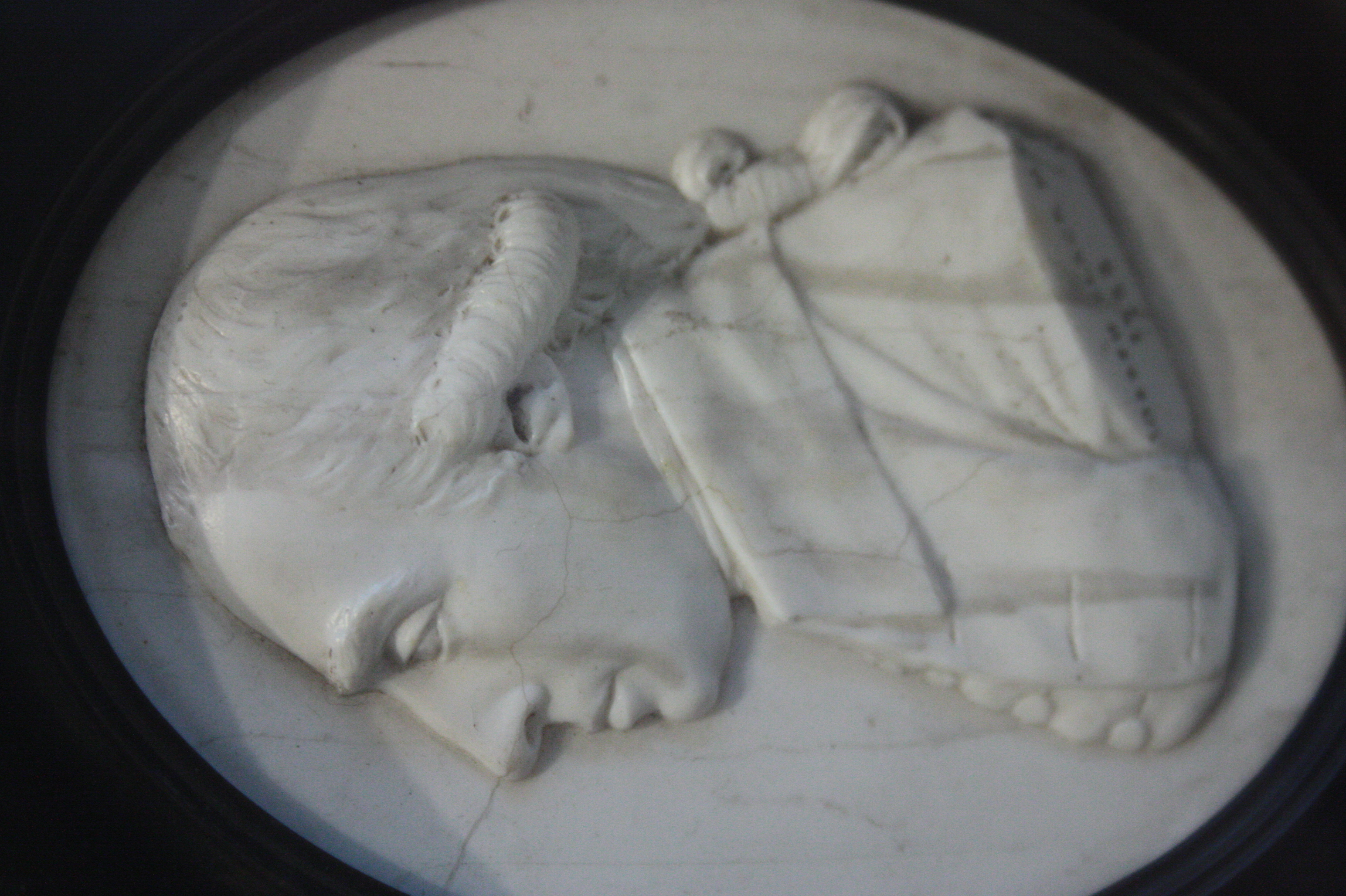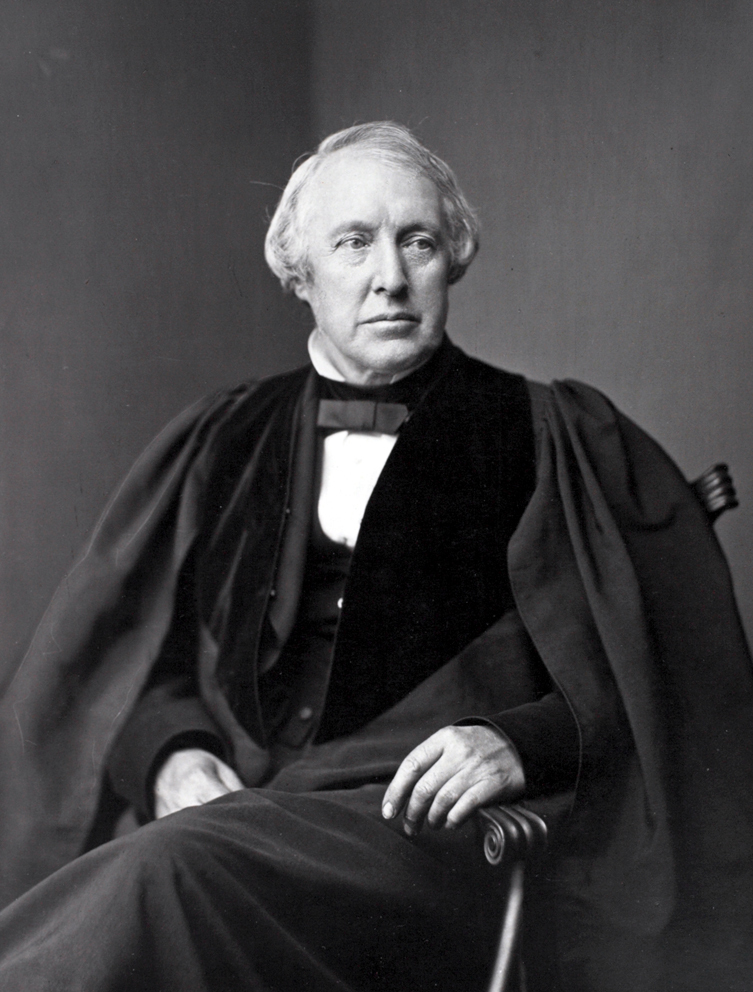|
Regius Professor Of Anatomy (Glasgow)
{{Use British English, date=October 2017 The Regius Chair of Anatomy is a Regius professorship at the University of Glasgow in Scotland. Founded in 1718 as the Regius Chair of Anatomy and Botany the province of the chair was restricted to anatomy in 1818 when the Regius Chair of Botany was founded. Regius Professors of Anatomy and Botany/Regius Professors of Anatomy * Thomas Brisbane, MD (1720) * Robert Hamilton, MD (1742) * Joseph Black, MD (1756), Later Professor of the Practice of Medicine * Thomas Hamilton, MD (1757) * William Hamilton, MD (1781) * James Jeffray, MD (1790) * Allen Thomson, MA MD LLD DCL FRS (1848) * John Cleland, MA MD FRS (1877) * Thomas Hastie Bryce, MA MD FRS (1909) * Duncan MacCallum Blair, MB DSc (1935-1944) * William James Hamilton, MD DSc (1946) * George McCreath Wyburn, MB ChB DSc (1948) * Raymond John Scothorne, BSc MD FRSE (1973-1990) References *''Who, What and Where: The History and Constitution of the University of Glasgow''. Compiled by Mic ... [...More Info...] [...Related Items...] OR: [Wikipedia] [Google] [Baidu] |
Regius Professorship
A Regius Professor is a university professor who has, or originally had, royal patronage or appointment. They are a unique feature of academia in the United Kingdom and Ireland. The first Regius Professorship was in the field of medicine, and founded by the Scottish King James IV at the University of Aberdeen in 1497. Regius chairs have since been instituted in various universities, in disciplines judged to be fundamental and for which there is a continuing and significant need. Each was established by an English, Scottish, or British monarch, and following proper advertisement and interview through the offices of the university and the national government, the current monarch still appoints the professor (except for those at the University of Dublin in Ireland, which left the United Kingdom in 1922). This royal imprimatur, and the relative rarity of these professorships, means a Regius chair is prestigious and highly sought-after. Regius Professors are traditionally addressed ... [...More Info...] [...Related Items...] OR: [Wikipedia] [Google] [Baidu] |
University Of Glasgow
, image = UofG Coat of Arms.png , image_size = 150px , caption = Coat of arms Flag , latin_name = Universitas Glasguensis , motto = la, Via, Veritas, Vita , mottoeng = The Way, The Truth, The Life , established = , type = Public research universityAncient university , endowment = £225.2 million , budget = £809.4 million , rector = Rita Rae, Lady Rae , chancellor = Dame Katherine Grainger , principal = Sir Anton Muscatelli , academic_staff = 4,680 (2020) , administrative_staff = 4,003 , students = () , undergrad = () , postgrad = () , city = Glasgow , country = Scotland, UK , colours = , website = , logo ... [...More Info...] [...Related Items...] OR: [Wikipedia] [Google] [Baidu] |
Anatomy
Anatomy () is the branch of biology concerned with the study of the structure of organisms and their parts. Anatomy is a branch of natural science that deals with the structural organization of living things. It is an old science, having its beginnings in prehistoric times. Anatomy is inherently tied to developmental biology, embryology, comparative anatomy, evolutionary biology, and phylogeny, as these are the processes by which anatomy is generated, both over immediate and long-term timescales. Anatomy and physiology, which study the structure and function (biology), function of organisms and their parts respectively, make a natural pair of related disciplines, and are often studied together. Human anatomy is one of the essential basic research, basic sciences that are applied in medicine. The discipline of anatomy is divided into macroscopic scale, macroscopic and microscopic scale, microscopic. Gross anatomy, Macroscopic anatomy, or gross anatomy, is the examination of an ... [...More Info...] [...Related Items...] OR: [Wikipedia] [Google] [Baidu] |
Regius Professor Of Botany, Glasgow
The Regius Chair of Botany at the University of Glasgow is a Regius Professorship established in 1818. A lectureship in botany had been founded in 1704. From 1718 to 1818, the subject was combined with Anatomy. The chair was founded in 1818 by King George III. Regius Professors of Botany * For 1718–1818, see: Regius Professor of Anatomy * Robert Graham MD (1818) * Sir William Jackson Hooker MA LLD DCL FRS (1820) * John Hutton Balfour MA MD (1841) * George Arnott Walker-Arnott MA LLD, Advocate (1845) * Alexander Dickson MA MD (1868) * Sir Isaac Bayley Balfour MA MD DSc FRS (1879) * Frederick Orpen Bower MA ScD LLD FRS (1885) * James Montague Frank Drummond MA (1925) * John Walton MA DSc ScD D-es-Sc LLD (1930) * Percy Wragg Brian Percy Wragg Brian FRS FRSE CBE (5 September 1910 – 17 August 1979) was a British botanist and mycologist. He was critical to the development of plant pathology and natural antibiotics such as Gibberellin and Griseofulvin. Life He was born in . ... [...More Info...] [...Related Items...] OR: [Wikipedia] [Google] [Baidu] |
Joseph Black
Joseph Black (16 April 1728 – 6 December 1799) was a Scottish physicist and chemist, known for his discoveries of magnesium, latent heat, specific heat, and carbon dioxide. He was Professor of Anatomy and Chemistry at the University of Glasgow for 10 years from 1756, and then Professor of Medicine and Chemistry at the University of Edinburgh from 1766, teaching and lecturing there for more than 30 years. The chemistry buildings at both the University of Edinburgh and the University of Glasgow are named after Black. Early life and education Black was born "on the banks of the river Garonne" in Bordeaux, France, the sixth of the 12 children of Margaret Gordon (''d''. 1747) and John Black. His mother was from an Aberdeenshire family that had connections with the wine business and his father was from Belfast, Ireland and worked as a factor in the wine trade. He was educated at home until the age of 12, after which he attended grammar school in Belfast. In 1746 at the age of ... [...More Info...] [...Related Items...] OR: [Wikipedia] [Google] [Baidu] |
William Hamilton (1758-1790)
William Hamilton may refer to: Academics *Robert William Hamilton Jr. (1930–2011), known as Bill, American hyperbaric physiologist * William Hamilton (university principal) (1669–1732), Principal of the University of Edinburgh *William Hamilton (surgeon) (died 1717), surgeon in the British East India Company *Sir William Hamilton, 9th Baronet (1788–1856), Scottish metaphysician *William Rowan Hamilton (1805–1865), mathematician, astronomer and physicist who lived in Dublin in the United Kingdom of Great Britain and Ireland *William Edwin Hamilton (1834–1902), son of William Rowan and publisher of his ''Elements of Quaternions'' (1866) *William Hamilton (geologist) (1805–1867), English geologist * William F. Hamilton (physician) (1893–1964), American physician * William F. Hamilton (professor) (born 1941), professorship of management and technology *William Hamilton (theologian) (1924–2012), American theologian *W. D. Hamilton (1936–2000), British evolutionary bi ... [...More Info...] [...Related Items...] OR: [Wikipedia] [Google] [Baidu] |
Allen Thomson
Allen Thomson Royal Society of London, FRS FRSE FRCSE (2 April 1809 – 21 March 1884) was a Scottish physician, known as an anatomist and embryologist. Life The only son of John Thomson (physician), Dr John Thomson by his second wife, Margaret, daughter of John Millar (philosopher), John Millar, he was born at Brown Square in Edinburgh on 2 April 1809, and was named after his father's friend, John Allen (historian), John Allen, secretary and confidential friend of Lord Holland. Margaret Mylne was his sister and William Thomson (physician), William Thomson his half-brother. Allen Thomson was educated at the high school and University of Edinburgh, and then in Paris. He graduated doctor of medicine at the University of Edinburgh in August 1830. At the time of his graduation he was president of the Royal Medical Society in Edinburgh. He became a fellow of the Royal College of Surgeons of Edinburgh in 1831. Thomson travelled in the Netherlands and Germany, visiting anatomical a ... [...More Info...] [...Related Items...] OR: [Wikipedia] [Google] [Baidu] |
Thomas Hastie Bryce
Prof Thomas Hastie Bryce LLD FRS FSA FRSE (20 October 1862 – 16 May 1946) was a Scottish anatomist, medical author and archaeologist. He was Regius Professor of Anatomy at the University of Glasgow 1909 to 1935 and also Curator of the Hunterian Museum in Glasgow. He is primarily remembered for his work on human embryology and comparative anatomy. His students referred to him as Tommy Bryce. Life Bryce was born in Dalkeith, just south of Edinburgh on 20 October 1862, the son of Dr William Bryce. He was educated at Edinburgh Collegiate School and then studied medicine at the University of Edinburgh, graduating MB, CM. In 1901 he obtained his MD from the University of Edinburgh with a thesis entitled, “Maturation of the ovum in Echinus". He became a Demonstrator in Anatomy at the newly formed Queen Margaret College in 1890. In 1892 he became a lecturer in anatomy (working under Professor William Turner) and continued this until 1909 when he was received the Anatomy chair a ... [...More Info...] [...Related Items...] OR: [Wikipedia] [Google] [Baidu] |
Duncan M
Duncan may refer to: People * Duncan (given name), various people * Duncan (surname), various people * Clan Duncan * Justice Duncan (other) Places * Duncan Creek (other) * Duncan River (other) * Duncan Lake (other), including Lake Duncan Australia *Duncan, South Australia, a locality in the Kangaroo Island Council *Hundred of Duncan, a cadastral unit on Kangaroo Island in South Australia Bahamas *Duncan Town, Ragged Island, Bahamas ** Duncan Town Airport Canada * Duncan, British Columbia, on Vancouver Island * Duncan Dam, British Columbia * Duncan City, Central Kootenay, British Columbia; see List of ghost towns in British Columbia United States * Duncan Township (other) * Duncan, Arizona * Duncan, Indiana * Duncan, Iowa * Duncan, Kentucky (other) * Duncan City, Cheboygan, Michigan * Duncan, Mississippi * Duncan, Missouri * Duncan, Nebraska * Duncan, North Carolina * Duncan, Oklahoma * Duncan, South Carolina * Fo ... [...More Info...] [...Related Items...] OR: [Wikipedia] [Google] [Baidu] |
George Wyburn
George McCreath Wyburn FRSE FRFPSG (1903–1985) was a British embryologist. He was Professor of Anatomy at the University of Glasgow from 1948 to 1972. Life Wyburn studied Medicine at the University of Glasgow under Professor Thomas Hastie Bryce, graduating with an MB ChB in 1925. After graduation he was employed for several years at different Scottish hospitals. In 1930 he took up a position as a lecturer/demonstrator at the University of Glasgow Anatomy Department, and in 1935 became a senior lecturer. He gained a doctorate (DSc) in 1938 and won the Struthers Medal in 1939 for his embryological research. In 1938 he was elected a Fellow of the Royal Society of Edinburgh. His proposers were Duncan McCallum Blair, John Walton, Thomas Hastie Bryce, and George Walter Tyrrell. He resigned from the Society in 1972. In 1944 he became Head of the Anatomy Department and in 1948 he succeeded Professor William James Hamilton to become Professor of Anatomy at the University. ... [...More Info...] [...Related Items...] OR: [Wikipedia] [Google] [Baidu] |
Raymond Scothorne
Raymond is a male given name. It was borrowed into English from French (older French spellings were Reimund and Raimund, whereas the modern English and French spellings are identical). It originated as the Germanic ᚱᚨᚷᛁᚾᛗᚢᚾᛞ (''Raginmund'') or ᚱᛖᚷᛁᚾᛗᚢᚾᛞ (''Reginmund''). ''Ragin'' (Gothic) and ''regin'' (Old German) meant "counsel". The Old High German ''mund'' originally meant "hand", but came to mean "protection". This etymology suggests that the name originated in the Early Middle Ages, possibly from Latin. Alternatively, the name can also be derived from Germanic Hraidmund, the first element being ''Hraid'', possibly meaning "fame" (compare ''Hrod'', found in names such as Robert, Roderick, Rudolph, Roland, Rodney and Roger) and ''mund'' meaning "protector". Despite the German and French origins of the English name, some of its early uses in English documents appear in Latinized form. As a surname, its first recorded appearance in Br ... [...More Info...] [...Related Items...] OR: [Wikipedia] [Google] [Baidu] |



